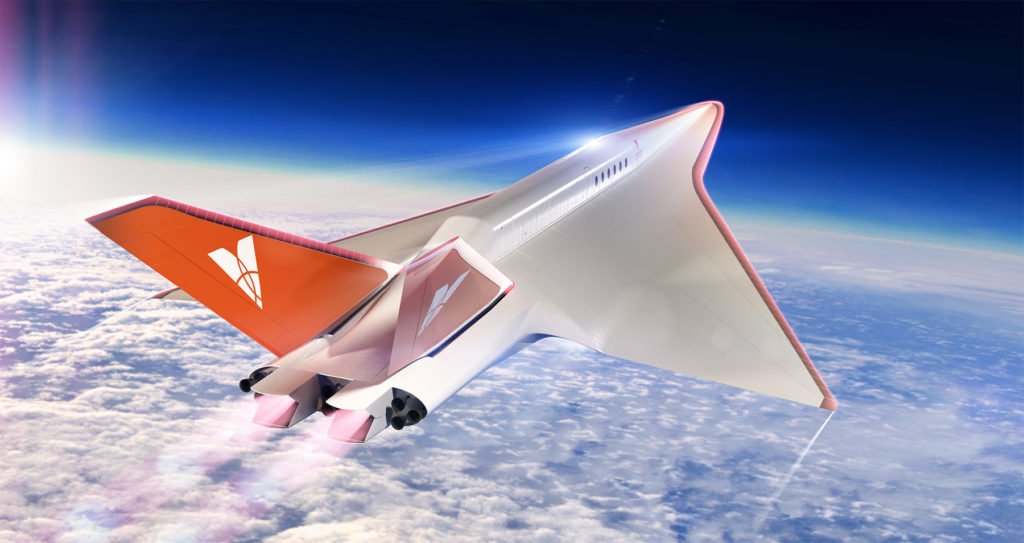
SpaceX’s Starship launch last Thursday wasn’t just a spectacle; it could be a game-changer for space travel.
Elon Musk’s massive rocket, which didn’t have any cargo or passengers on board, didn’t land successfully. But it did fly through space and re-entered Earth’s atmosphere before exploding. This was a big moment for SpaceX, happening exactly 22 years after the company was founded.
The fast progress of the Starship-Super Heavy launch system’s development gives us hope that this 400-foot-tall rocket will soon be fully operational and reusable.
This mega-rocket is crucial to Elon Musk’s plan to reduce launch costs to around $10 million each. This is important for people who want to start businesses in space, like mining asteroids or building factories.
So, even though the landing didn’t go as planned, the future of space travel is looking brighter than ever thanks to SpaceX’s advancements.
According to Brendan Rosseau, a teaching fellow at Harvard Business School, Starship could revolutionize space travel costs. He also mentioned to Business Insider that SpaceX’s Starship has the potential to reduce launch costs significantly, possibly by a factor of ten.
The Starship-Super Heavy system is a giant in the field of space launches. Its Super Heavy booster, which carries the Starship spacecraft into space, can generate twice as much thrust as the rockets that propelled Apollo astronauts to the moon.
Once fully operational, this system could launch up to 150 metric tonnes into orbit. To put that into perspective, SpaceX’s current mainstay, the Falcon 9, can only carry around 50,000 pounds to low-Earth orbit per launch.
This increased capacity offers significant advantages. Not only does it allow for more cargo per launch, leading to economies of scale, but it also reduces the amount of money companies need to spend preparing their payloads.
Abhi Tripathi, director of Mission Operations at the University of California Berkeley’s Space Sciences Laboratory, explained the historical context: traditionally, to fit a payload onto a rocket, it had to be shrunk down, which often resulted in expensive modifications. However, with Starship’s impressive capacity, this constraint could become a thing of the past.


